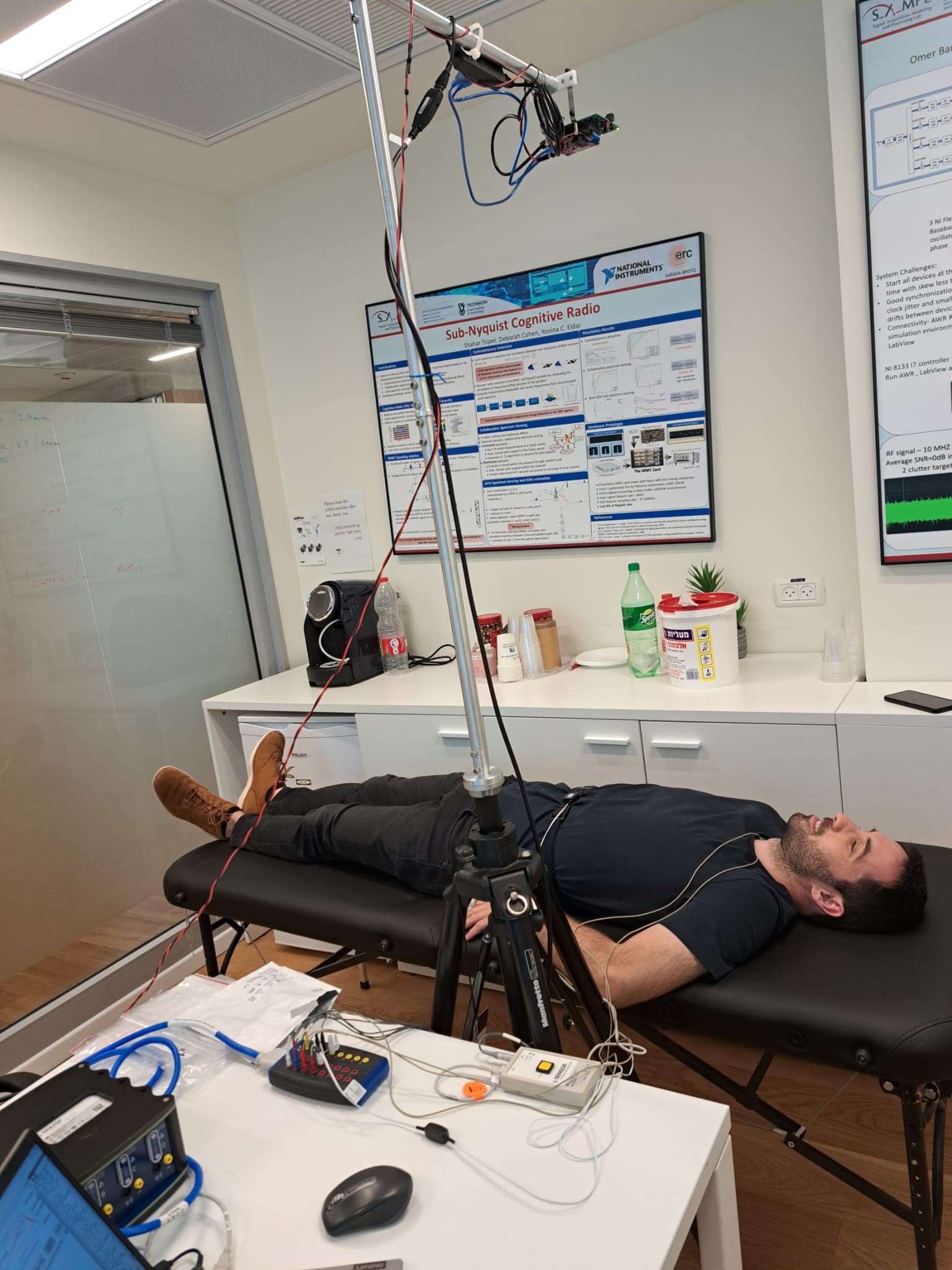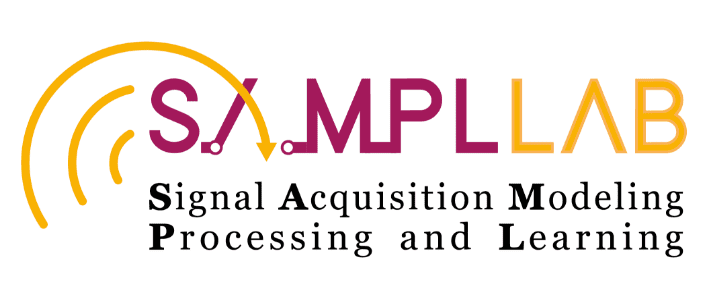SAMPL Clinical Research is the arm of SAMPL Lab at the Weizmann Institute of Science responsible for research collaborations with the medical community.
Medical Imaging and signal sensing are essential tools for diagnosis and monitoring of patients. Yet despite their central role in modern medicine, they still face some major challenges:
- As data acquisition is costly in terms of time, energy and physical space, imaging and sensing systems are often large and cumbersome, less accessible, require patient contact, and the imaging and sensing process can be lengthy and uncomfortable to patients.
- Limited resolution due to physical constraints and loss of data during image and signal formation.
- Image interpretation by radiologists is naturally prone to variability and discordance.
- In certain imaging modalities such as ultrasound, the quality of image acquisition itself is very operator-dependent.
- In certain scenarios, such as during surgery and in emergency settings, imaging techniques are not available rendering accurate diagnosis challenging.
SAMPL Clinical Research primary mission is to harness the innovative technologies developed at the SAMPL lab – including advanced signal acquisition, processing and learning methods - for the purpose of making a positive impact on medicine, with a particular emphasis on medical imaging and patient monitoring. We facilitate the transition from pure theoretical research in the fields of signal processing and machine learning - to studies and solutions aiming to address real-world medical needs. Our solutions include device prototypes, hardware modifications of existing devices, algorithmic software solutions, and use of new classes of sensing systems such as radar.
Some of our major topics of research include:
- Analysis of ultrasound “channel data” (the pre-processed form of data acquired in the memory of the ultrasound machine which is not in routine use), in attempt to enhance disease detection and assessment.
- Use of multi-modality imaging and AI for earlier and better diagnosis of diseases.
- Use of AI for conversion between imaging modalities (e.g., using deep learning to convert ultrasound images into semi-CT images).
- AI-guided ultrasound image acquisition with the goal of overcoming operator-dependency.
- Deep learning and contrast agents for super-resolution vascular ultrasound imaging, with potential applications to cancer detection and inflammatory diseases.
- Radar and other sensors for various health applications, such as remote vital sign monitoring, contactless pulmonary function testing, monitoring of drug delivery and more.
- Radar-based medical imaging.
- Development of new portable ultrasound probes.
- Use of AI for Covid-19 diagnosis and prediction of outcome, in order to support the fight against the global pandemic.
- Lung ultrasound.
- Quantitative ultrasound for tissue characterization in various disease conditions (for example, quantification of liver fat, characterization of tumors).
SAMPL CLINICAL



